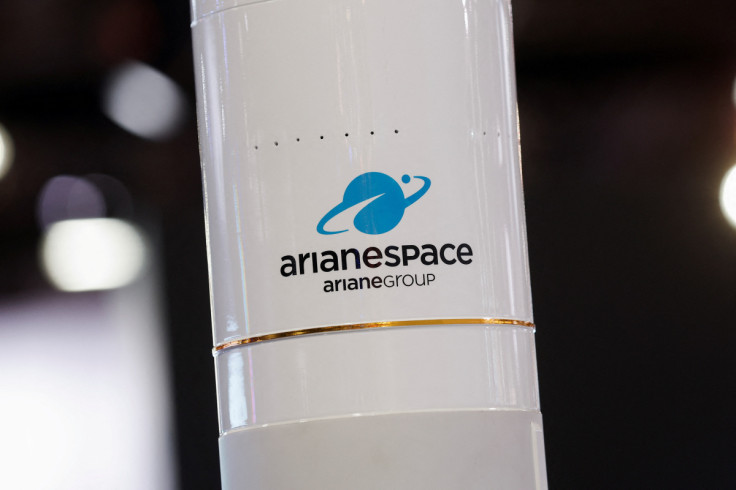Arianespace Says Faulty Carbon Component To Blame For Failed Satellite Launch

Arianespace's failed satellite launch in December was likely to have been caused by a faulty carbon component, which Italian aerospace group Avio had purchased from a supplier in Ukraine, the company said, as it published findings of an enquiry on Friday.
An Arianespace mission on Dec. 20 carrying two Airbus Defence & Space satellites failed around two and a half minutes into flight when an anomaly occurred with its Zefiro 40 rocket motor.
The failed launch from French Guiana, was the latest in a series of setbacks for Europe's independent space ambitions as it tries to compete with the United States, Russia and China.
Arianespace set up an independent enquiry to look into the case.
"No weakness in design of the Zefiro 40 has been revealed," Arianespace said on Friday, referring to the motor which powers the second stage of its new Vega C rocket, used to send satellites into orbit.
"The Commission confirmed that the cause was an unexpected thermo-mechanical over-erosion of the carbon/carbon (C/C) composite constituting the nozzle throat insert, purchased by Avio in Ukraine," the company said.
This specific composite material is now banned from flying, Arianespace said.
Avio is one of the partners in Arianespace, a rival to Elon Musk's SpaceX. The company is majority-owned by a joint venture of Airbus and Safran.
'NOT ACCEPTABLE'
The December mission was the third failure out of eight launches on the Vega platform by Arianespace and the European Space Agency (ESA). It was the Vega C rocket model's second launch.
Josef Aschbacher, ESA head, told a news conference on Friday that Europe's access to space was at stake if domestic companies could not keep up with international rivals.
"This is not acceptable", said Stephane Israel, the CEO of Arianespace, apologising to Airbus for having lost the two satellites.
Giulio Ranzo, CEO of Avio, Arianespace's main contractor for the Vega C, said he would increase the number of engineers and supply chain managers working on the rocket.
Ranzo said the choice to source the carbon material from a Ukrainian vendor was made during the development phase of the rocket between 2015 and 2017, when no comparable product in sufficient quantities was available inside the European Union.
"This is a material that undergoes a temperature over 3,000 degrees (Celsius) and is extremely sophisticated so even a small defect can lead to a shortfall in performance", he said.
The partners said they would aim for the next Vega C launch before the end of the year.
© Copyright Thomson Reuters 2024. All rights reserved.





















